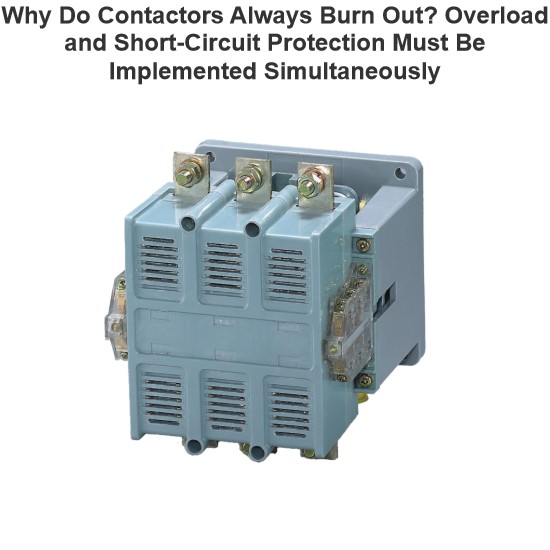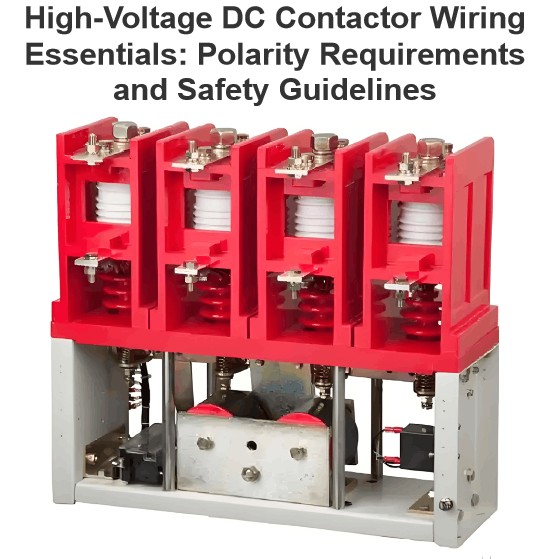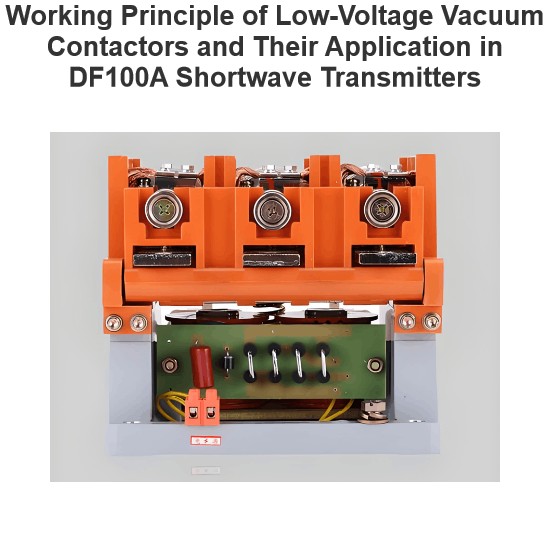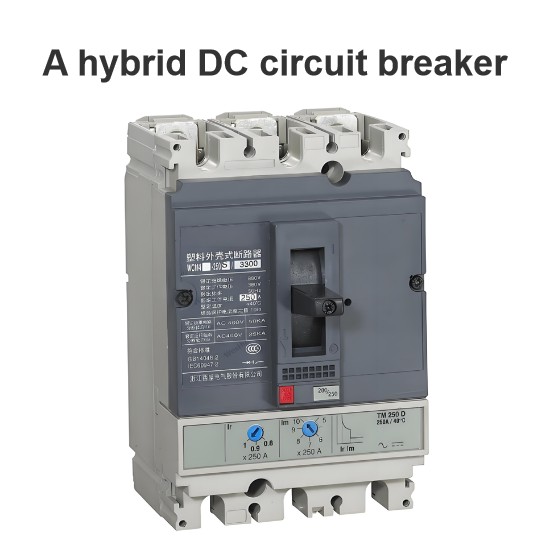Classification of Reactors by Function (Main Applications)
Reactors play a crucial role in power systems. One of the most common and important ways to classify them is by their function — that is, what they’re used for. Let’s take a closer look at each type in simple, easy-to-understand terms.
1. Current-Limiting Reactors
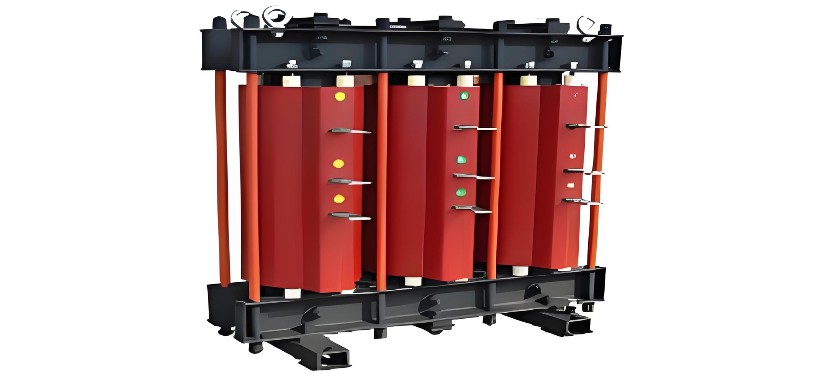
2. Shunt Reactors
Neutral Grounded Type (High Voltage Shunt Reactor)
This type is directly connected to high-voltage transmission lines or the third winding of a transformer.
Purpose: Absorb excess capacitive reactive power (also known as charging power) generated by long-distance high-voltage transmission lines. It also helps limit power frequency overvoltage and switching overvoltage.
Applications: Used in high-voltage, ultra-high-voltage, and extra-high-voltage transmission systems, such as inter-provincial power lines.
Neutral Ungrounded Type
Usually connected to the busbar in distribution networks at medium or low voltage levels.
Purpose: Provide reactive power compensation, offsetting the reactive power from capacitive loads like cable lines. Helps improve power factor and prevent voltage rise ("voltage floating").
Applications: Urban power grids, cable-fed systems, and distribution networks.
3. Filter Reactors
These reactors are typically used in series with capacitors to form an LC filter circuit, acting like a "cleaner" for the power system.
Purpose: Filter out specific harmonic currents, usually lower-order harmonics like the 5th, 7th, 11th, and 13th.
Applications:Systems with a lot of harmonic sources, such as large rectifiers, variable frequency drives, and arc furnaces.
It not only protects capacitors from harmonic overcurrent/overvoltage damage but also improves the power quality of the grid.
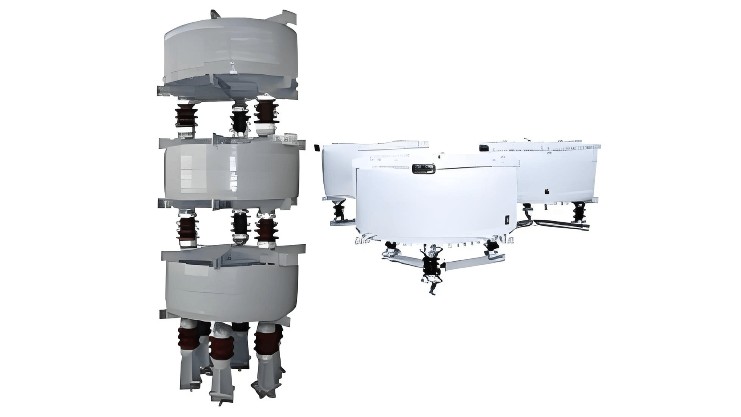
4. Starting Reactors
This is a special type of current-limiting reactor, specifically used to help motors start smoothly.
Purpose: Connected in series with the stator circuit during startup of large AC motors (e.g., induction or synchronous motors).Limits the starting current and reduces the impact on the power grid. Once the motor starts, it’s usually shorted out or switched off.
Applications: Used for high-power motors like large pumps and fans in factories.
5. Arc Suppression Coils (Petersen Coils)
This is a special iron-core reactor, usually connected to the neutral point of the system — like a "fire extinguisher" for grounding systems.
Purpose: In ungrounded or resonant-grounded systems (i.e., systems with neutral grounded through an arc suppression coil), when a single-phase ground fault occurs, it generates an inductive current to cancel out the system’s capacitive ground current. This significantly reduces or even automatically extinguishes the fault current at the fault point, preventing intermittent arc grounding and overvoltage.
Applications: Distribution networks, small-capacity transformer systems.
Types of arc suppression coils:
Adjustable Type (manual or automatic adjustment of inductance)
Fixed Compensation Type (fixed inductance)
Bias or DC Magnetization Type (adjust inductance by changing the DC magnetizing current)
6. Smoothing Reactors (DC Reactors)
These reactors are used specifically in HVDC (High Voltage Direct Current) transmission systems, connected in series on the DC side of the converter station or DC line.
Purpose:
Suppress ripple in DC current (smooth out fluctuations);
Prevent commutation failure on the rectifier side;
Limit the rate of current rise (di/dt) during DC line faults;
Maintain continuity of DC current and prevent current interruption.
Applications: HVDC transmission systems, flexible DC transmission projects.
7. Damping Reactors
Usually connected in series with capacitor circuits, especially in filter capacitor banks.
Purpose:
Limit inrush current and overvoltage when capacitor banks are switched on;
Suppress oscillations at certain frequencies, such as resonance with system inductance.
Applications: Frequent capacitor switching scenarios, such as in reactive power compensation devices and filter banks.
In Summary
There are many types of reactors, each with its own function, but their main purposes are to:Stabilize current, regulate voltage, filter harmonics, limit surges, and protect equipment.
Choosing the right reactor not only improves the stability of the power system but also extends the life of equipment and ensures safe power supply.




















